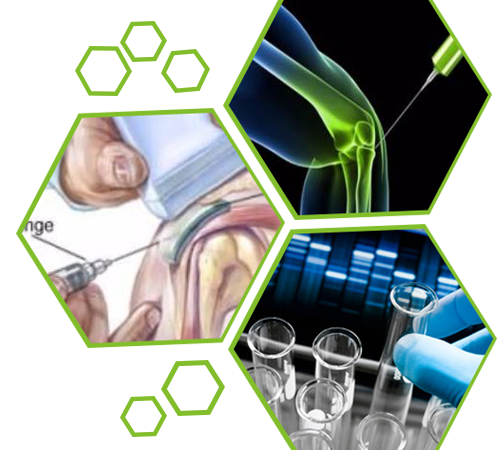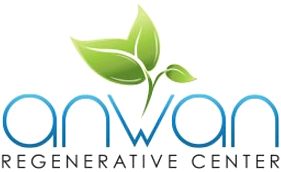Medical Matters: Joint Regeneration with Your Body’s Own Healing Factors
Medical Matters: Joint Regeneration with Your Body’s Own Healing Factors
Arthritis is the number one cause of disability in the United States. One in five people have been diagnosed with arthritis. In 2012 there were over 757,000 total knee replacements and 512,000 total hip replacements. Approximately, 2 million individuals seek treatment for rotator cuff injuries, with 1/3 requiring surgery. Tennis elbow, Achilles tendinitis, ankle sprains, carpal and cubital tunnel syndromes can all be treated with drugs or surgery.
As the baby boomers age, the need to treat joint problems with alternatives to surgery is quite evident. Surgery, including joint replacement is not the answer for severe arthritis. Many people develop complications of joint replacement surgery, and long term drug therapy can result in risk for stomach, liver, and kidney disease. I want you to know that there are alternative treatments that utilize the body’s own blood products to regenerate joint cartilage and repair partial tears of tendons, ligaments, and muscles.
Platelet Rich Plasma (PRP) is obtained by drawing a patient’s blood and spinning it down to separate the plasma from the red blood cells. The resulting plasma can be spun again to separate it into two main parts, the platelet rich and platelet poor fractions. Platelets are cell fragments that help the body to heal by forming plugs in area of trauma. If you cut yourself, the platelets are there to plug the area and prevents massive blood loss. Platelets also have growth factors that promote repair of damaged tissues. The platelet rich plasma is subsequently used for injection into joints, tendon, muscles, and ligaments, and helps to promote their repair.
Stem cells come from a variety of tissues, such as fat, bone marrow, placenta, and the umbilical tissue. They have the ability to divide to form more stem cells and change into other cell types, including muscle, bone, and cartilage. They are the only cells in the body that can do these two combined functions, making them unique. This provides us with new therapies utilizing stem cells for different kinds of chronic conditions, including arthritis.

The stem cells used in arthritis usually come from the bone marrow via aspiration. This is a safe in-office procedure. The stem cells are isolated from the other bone marrow cells by spinning the marrow down and removing other marrow cells. Once isolated, the cells are injected into the joints along with platelet rich plasma to promote new cartilage growth and regeneration of the tissue.
Stem cells are like the bricks of the wall being built, and PRP is the mortar. Platelets and stem cells both have factors that make them attracted to damaged and inflamed tissue. This is the body’s natural ability to heal and regenerate itself. When PRP is prepared from the blood, the platelet number if 5 to 10 times the concentration of that in whole blood. The number of stem cells injected in each joint after processing from the bone marrow is at least 10 million cells.
The procedure takes place in the doctor’s office and usually takes less than 4 hours. The patient can go to work the same day. An MRI is performed to look at the injury before and three to six months go to work the same day. An MRI is performed to look at the injury before, and three to six months after the procedure. Repeat injections of PRP are done at 30 and 60 days post initial stem cell injection. This gives the damaged area more growth factors to heal the tissue.
There are many contradictory and supportive studies that tout the benefits of stem cell and PRP in treating joint problems. Some studies refute the findings, but most show a positive quality of life and functional improvement with this therapy. Repeat MRIs also show repair of tendon and ligament tears, cartilage growth, and bone repair. So if you have arthritis, tendinitis, rotator cuff tear, knee or ankle injury, tennis elbow, plantar faciitis, herniated disc in back, or Achilles tendinitis, stem cell with PRP could be the non-surgical therapy you are looking for.


